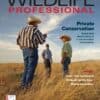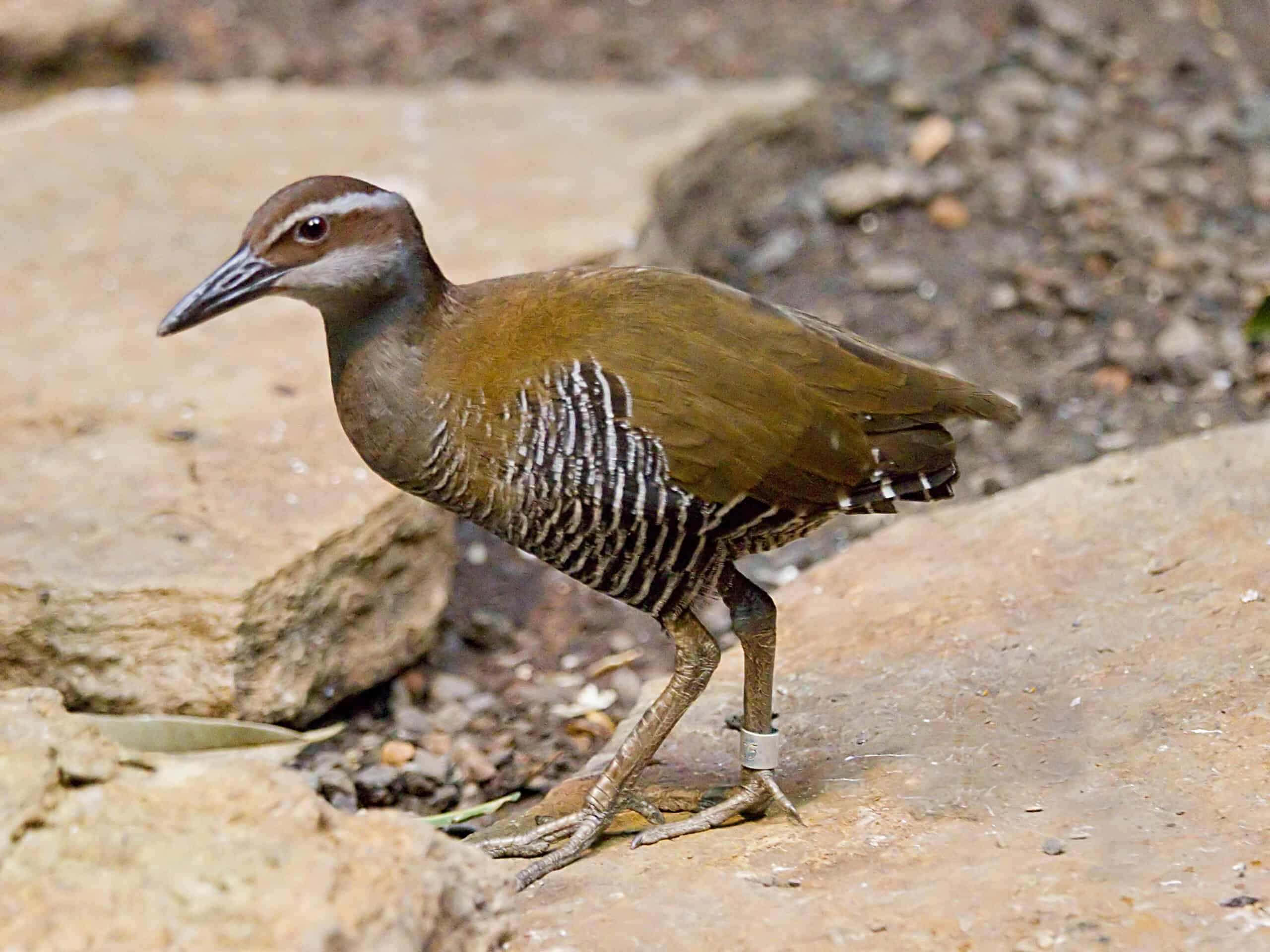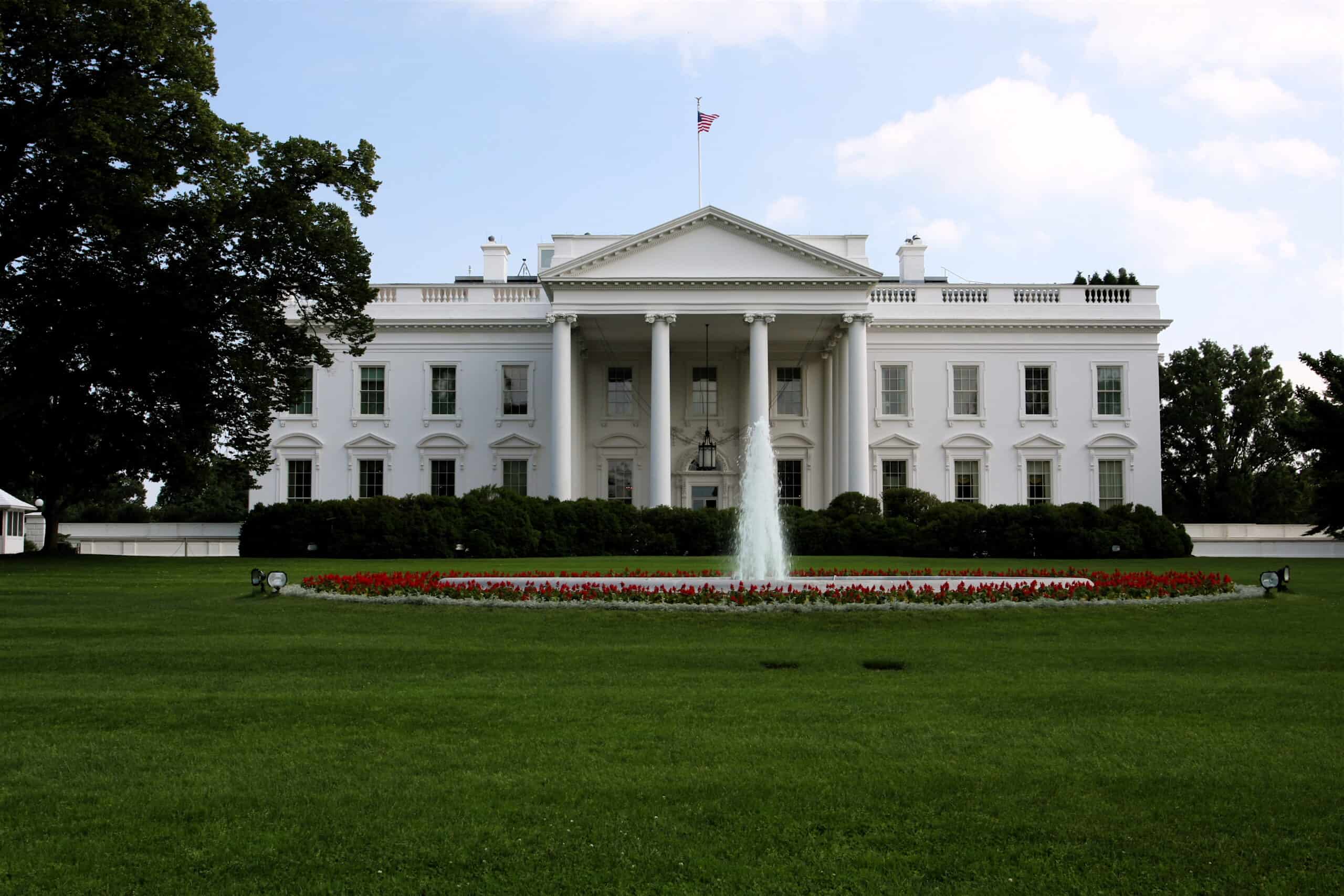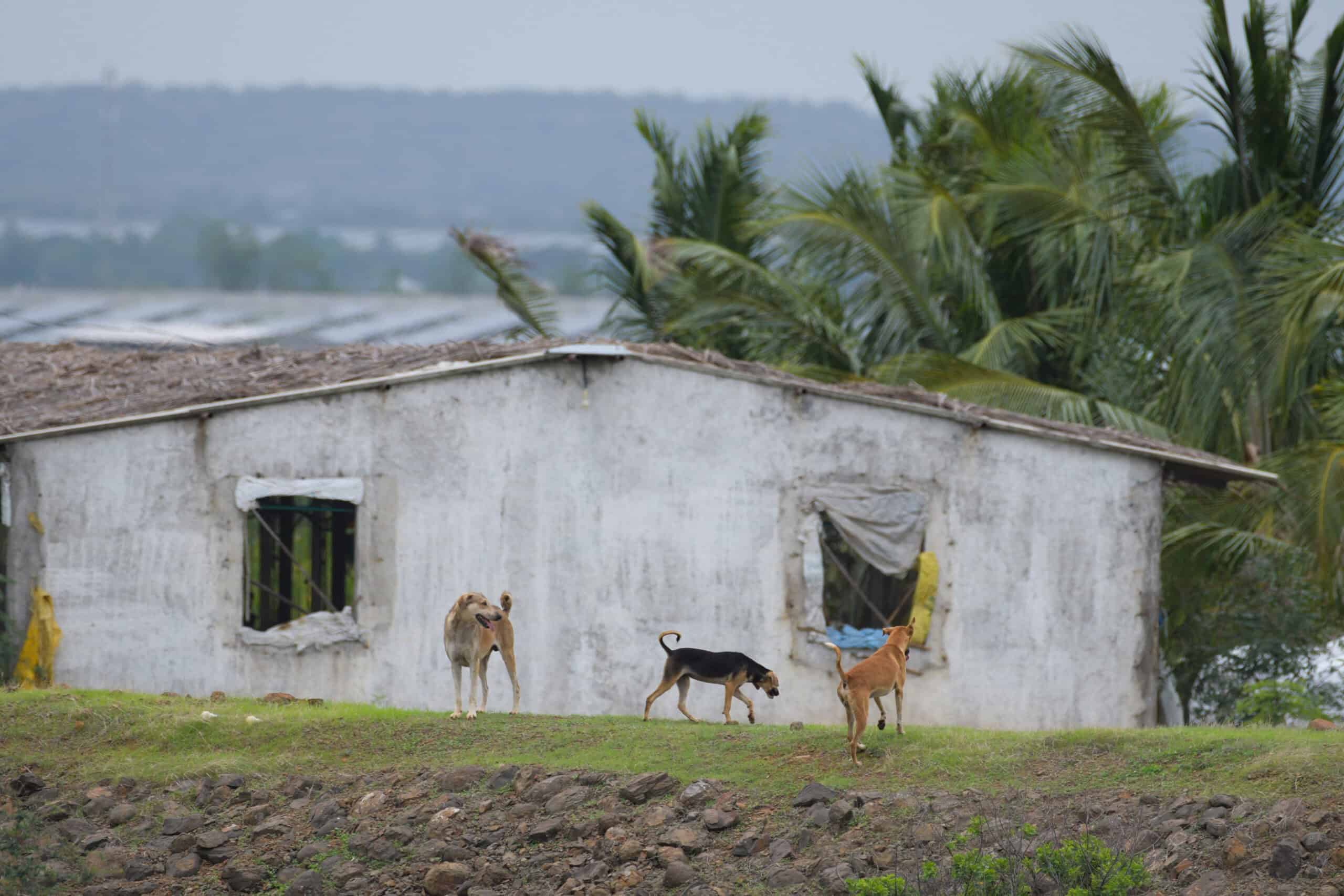Share this article
Wildlife Featured in this article
- Brown tree snake
- Guam kingfisher
- Guam rail
USFWS finalizes rule allowing endangered species release outside historical range
The revision provides more flexibility for releasing experimental populations of at-risk species
The U.S. Fish and Wildlife Service has finalized a new rule allowing the agency to introduce experimental populations of threatened and endangered species outside their historical ranges. The rule, which takes effect Aug. 2, was changed to address degrading habitats and range shifts due to climate change and invasive species.
Finalized on July 3, the rule change is a revision of a 1982 amendment to the Endangered Species Act.
TWS expressed support for this rule change in August 2022. “Expanding species’ conservation efforts beyond historical range for experimental populations will allow the Service more flexibility to restore species in suitable habitat in the context of climate change, invasive species, and human encroachment,” TWS wrote in submitted comments on the proposed rulemaking.
TWS supported this revision based on the agency’s elevation of “nonessential experimental populations” as a recovery tool. Under the revision, the USFWS can work with landowners and stakeholders regarding the accidental “take”—the killing or harming—of wildlife designated as being in these nonessential experimental populations.
TWS also supported the agency’s inclusion of Tribal governments as a required entity in consultation on experimental populations. “To include Tribal governments … is a commonsense measure that advances more robust representation in consultation processes,” TWS wrote.
In its final rule, the USFWS concluded that previous interpretations of the ESA did not anticipate the effects of climate change on wildlife habitat. Updating the rule was necessary, the agency found, to meet the reality of climate change shifting suitable habitats for vulnerable species outside their historical ranges.
The USFWS also touched on the impacts invasive species can have on historical ranges. The agency cited the effects of invasive brown tree snakes (Boiga irregularis) devastated forest bird populations in Guam, leaving the historic range of the Guam kingfisher (Todiramphus cinnamominus) and Guam rail (Gallirallus owstoni) “irreversibly altered or destroyed.”
To address those concerns, the USFWS has finalized the establishment of experimental populations of the Guam kingfisher and Guam rail on different islands where they did not historically occur. The Guam rail has been released on the nearby island of Rota. The Guam kingfisher has received the green light to be released on the Palmyra Atoll.
Biologists hope the releases will allow both species to increase their numbers, avoid severe genetic bottlenecks and allow them to persist in the wild, rather than being limited exclusively to captive-breeding facilities.
Header Image: Guam rail at the Cincinnati Zoo. Credit: Greg Hume








